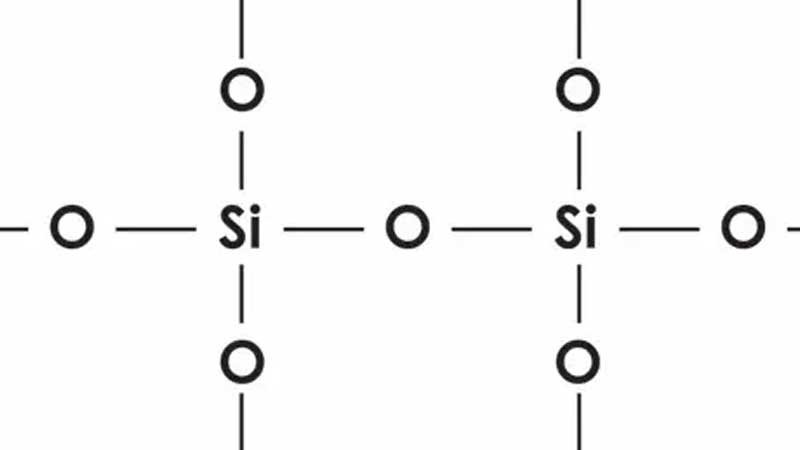You’ve probably seen silicone in everything from kitchenware to beauty products, but is silicone actually an element? It sounds like it could be, but there’s a twist. Let’s clear up this confusion once and for all!
No, silicone is not an element. Silicone is a compound made from silicon, an element, combined with oxygen and other elements like carbon or hydrogen. While silicon is the main building block of silicone, the two are not the same.
Now that we’ve answered that burning question, let’s explore the science behind silicone and silicon, and why this distinction matters.
What Is Silicon?
Silicon is a chemical element, denoted by the symbol Si, and it’s one of the most abundant elements on Earth, found in sand, quartz, and rocks. Silicon is widely used in technology, from semiconductors in electronics to solar panels. It’s also a crucial building block for creating other materials, including silicone.
So, while silicon itself is an element, it’s not nearly as versatile or useful on its own. That’s where silicone comes in.
What Is Silicone?
Silicone, on the other hand, is a polymer, a long chain of repeating units, which makes it a synthetic material. It’s primarily made by combining silicon with oxygen to form a backbone of Si-O-Si bonds. From there, various groups such as methyl, ethyl, or phenyl are attached to customize the silicone’s properties.
This structure gives silicone its famous qualities—durability, flexibility, heat resistance, and the ability to be molded into different shapes. So, while it’s made from the element silicon, silicone is a whole different beast. It’s a highly functional material that can be shaped into everything from kitchen tools to medical implants.

How Is Silicone Made?
Silicone is created through a chemical process called polymerization. It involves reacting silicon, usually derived from sand or quartz, with methyl or ethyl groups and oxygen. The result is a silicone polymer that can be used in a wide range of products.
Once produced, silicone can be further processed into a variety of forms, such as liquids, gels, rubber-like solids, or foams. The flexibility of silicone allows it to be customized for specific purposes, whether it’s being used in baby products, electronics, or even in aerospace technology.
Why Does the Difference Between Silicon and Silicone Matter?
Understanding that silicon and silicone are different is important because it clarifies why each material has such distinct properties and uses. Silicon is integral to tech devices like smartphones, computers, and solar panels, whereas silicone is more commonly used in consumer goods, healthcare products, and industrial applications.
Silicone’s non-toxic, heat-resistant, and flexible properties make it perfect for uses in the kitchen, medical fields, and even beauty products. Meanwhile, silicon’s role in technology, especially as a semiconductor, has helped power the modern tech revolution.
What Makes Silicone Special?
The special thing about silicone is that it’s a versatile material that takes the best properties of silicon—heat resistance, durability, and non-reactivity—and combines them with the flexibility of polymers. This makes silicone ideal for a broad range of products, from cooking utensils to medical devices, to more specialized uses like electrical insulators.
Silicone’s ability to withstand extreme temperatures, UV rays, and harsh chemicals while maintaining its shape and properties makes it one of the most reliable materials available.
How is silicone used in everyday products?
Silicone is used in items such as bakeware, baby bottles, toys, medical devices, and personal care products due to its durability, flexibility, and non-toxic nature.
Why is silicone preferred over rubber or plastic?
Silicone is often preferred for its superior heat resistance, long-lasting durability, and eco-friendly properties. It’s also non-toxic and hypoallergenic, making it safer for certain applications like baby products and medical devices.
Conclusion
So, while silicone is made from the element silicon, it’s not an element itself. Instead, it’s a versatile compound that has a myriad of applications, from technology to healthcare. Its unique properties make it a go-to material in many industries, and now you’ll never confuse the two again!